The RGB project
Introduction
- Carnovsky is a creative duo formed by Milan-based artists Francesco Rugi and Silvia Quintanilla¹
- Their ongoing project RGB is a series of murals that transform when viewed with different chromatic filters¹²
- The project explores the “surface’s deepness” and the interaction between printed colors and light colors³
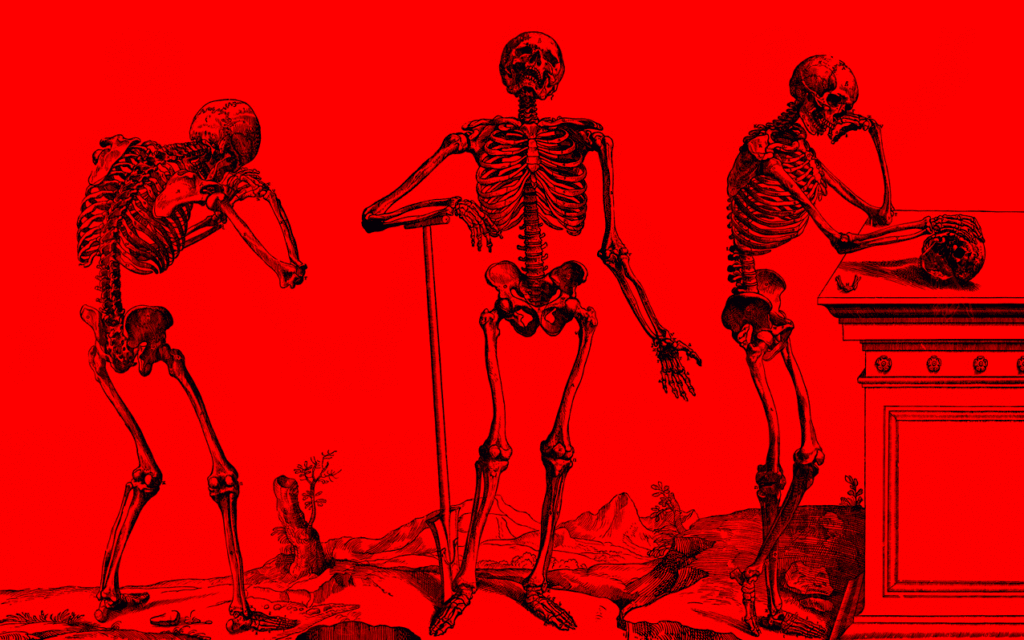
How does RGB work?
- Carnovsky creates images that consist of three layers: one red, one green and one blue
- Each layer contains different shapes and patterns that are hidden or revealed by different chromatic stimuli
- This results in the images changing depending on the color of the light or filter that is used to view them – and since normal light contains all visible wavelengths, we are able to see all three colors under normal lighting which adds a little bit of surprise element to it when you first see it work
- But as soon as a colored light are turned on, you would see that color in black and all other colors in that color
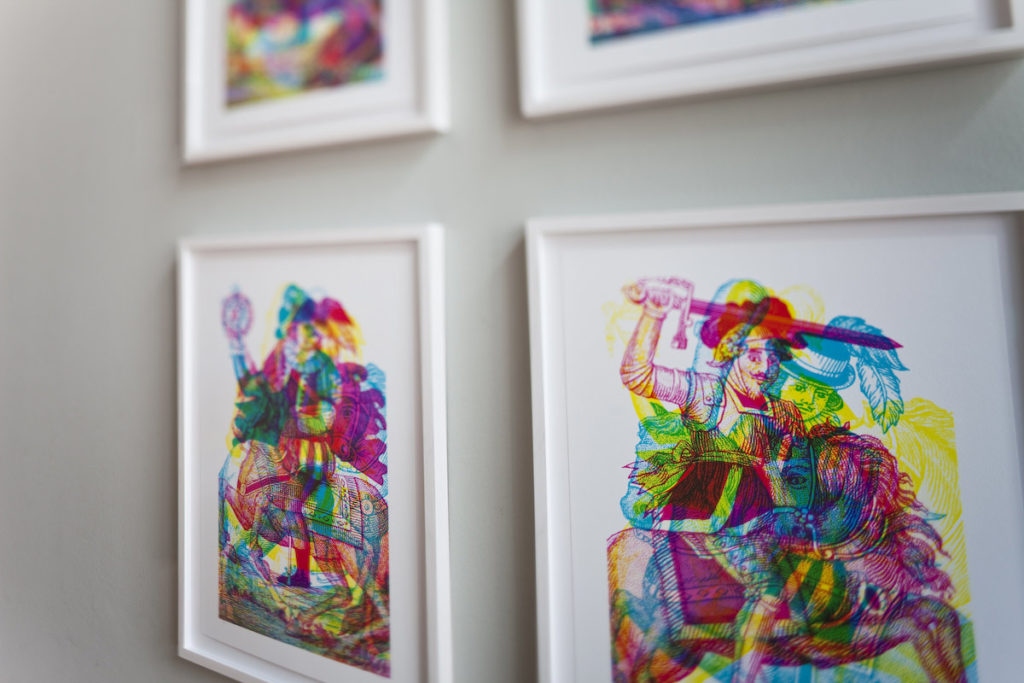
Why does RGB work?
Our retina contains two types of photoreceptors that convert light into neural signals, rods and cones. And there are 3 types of “cone” photoreceptors that help us see colors and details⁶: red, green and blue. Each type responds to a different range of wavelengths of light⁵. This is why when only a certain wavelength of light arrive at our eyes, we see everything else in that color except for the same colored lines.
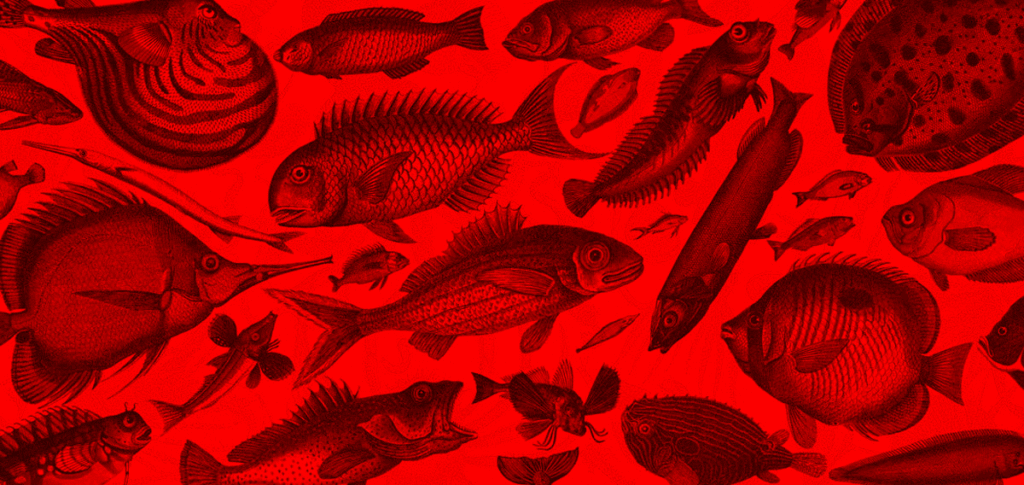
What it looks like
I made a little something so that we can observe the image change as the light changes hue. Let me show it to you…
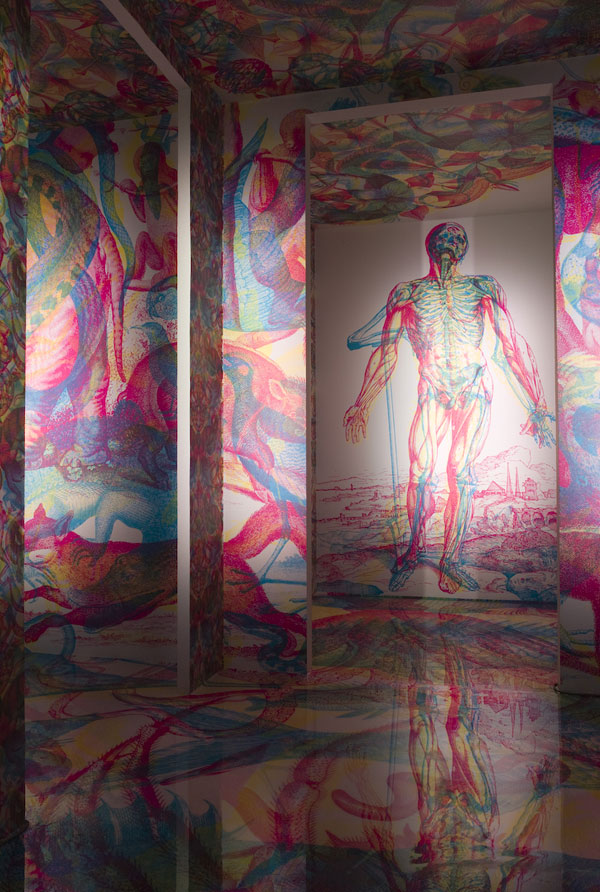
What is the purpose of RGB?
- It creates surfaces that mutate and interact with different contexts and situations
- It challenges our perception of reality and invites us to discover new dimensions of meaning
- It stimulates our imagination and curiosity by showing us unexpected and disorienting images
Personally I think it inspired me on exploring more ways information can be encoded and decoded. Just like a QR code, this is a seemingly chaotic pattern, but with the correct decoding mechanism we can retrieve compressed information from it.
Why is it compressed? Because this single image shows 3 different images when viewed under different conditions, you could say that it has a 1-to-3 compression ratio. It’s the same for things like QR codes.
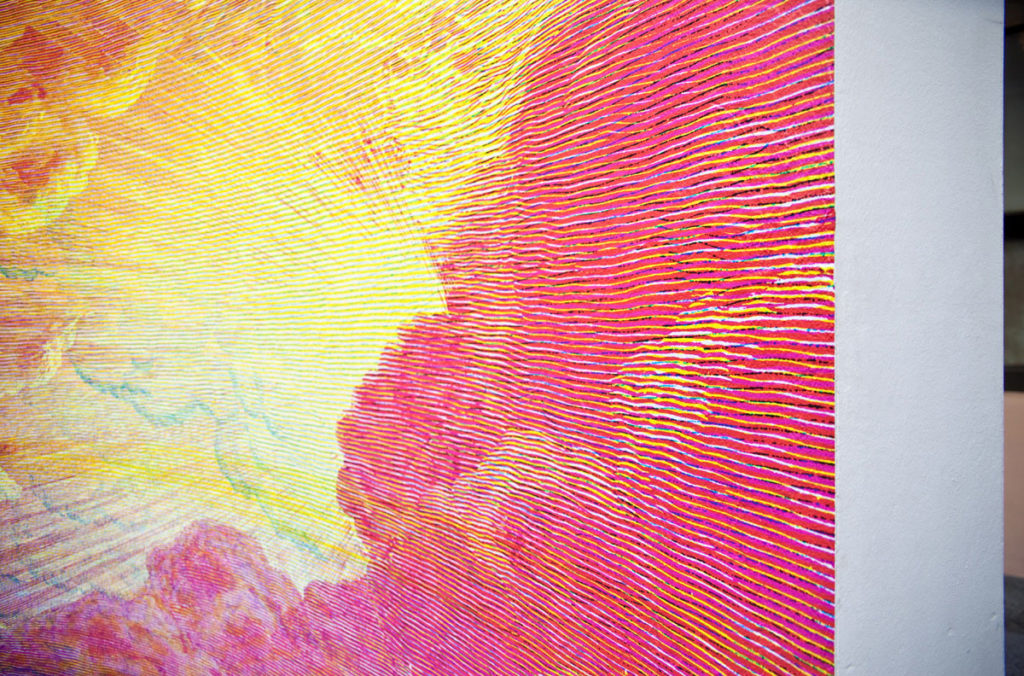
Based on this
- One future iteration that I can imagine is to better encode the color data to achieve more advanced animations with this concept
- The drawings only need to integrate with the lighting more – if we encode little animations that play in sequence of the light source, we will be able to have full animations happen as the lights change color
I didn’t have time to make a demo for that, but I think this would be an interesting front to explore.
Conclusion
- Carnovsky’s RGB project is an innovative and captivating way of creating art that changes with light and color filters
- It challenges our perception of reality and invites us to explore different dimensions hidden within the same surface
- It also showcases their skills in using various materials and technologies to create immersive installations
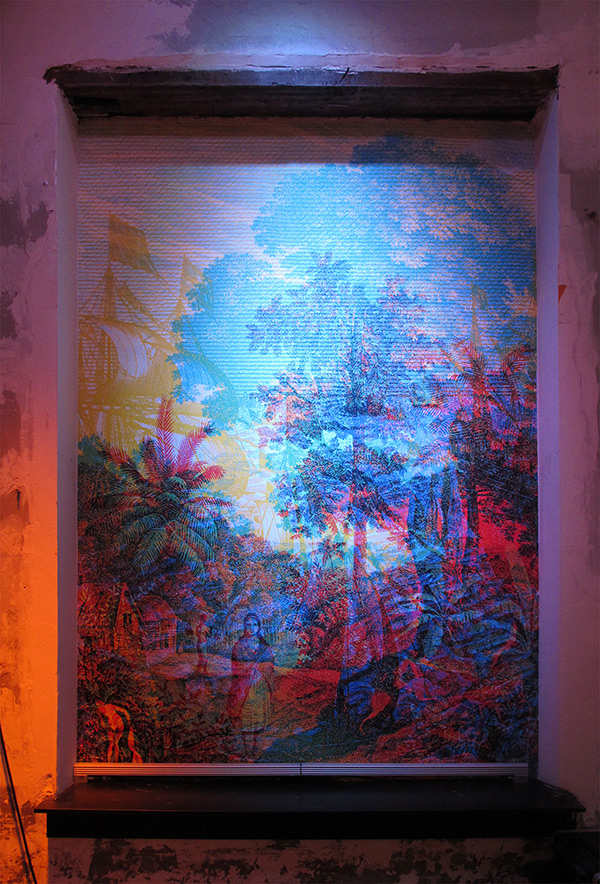
References
[1] https://www.carnovsky.com/RGB.htm
[2] https://www.designboom.com/art/carnovsky-rgb-fabulous-landscapes
[4] https://theinspirationgrid.com/rgb-artworks-by-carnovsky/
[5] https://www.verywellmind.com/perception-and-the-perceptual-process-2795839
[6] https://med.libretexts.org/Bookshelves/Anatomy_and_Physiology/Anatomy_and_Physiology_(Boundless)/12%3A_Peripheral_Nervous_System/12.1%3A_Sensation/12.1C%3A_Sensory_Modalities
(1) carnovsky. https://www.carnovsky.com/RGB.htm
(2) carnovsky: RGB fabulous landscapes – Designboom. https://www.designboom.com/art/carnovsky-rgb-fabulous-landscapes/
(3) RGB Artworks by Carnovsky | Inspiration Grid. https://theinspirationgrid.com/rgb-artworks-by-carnovsky/